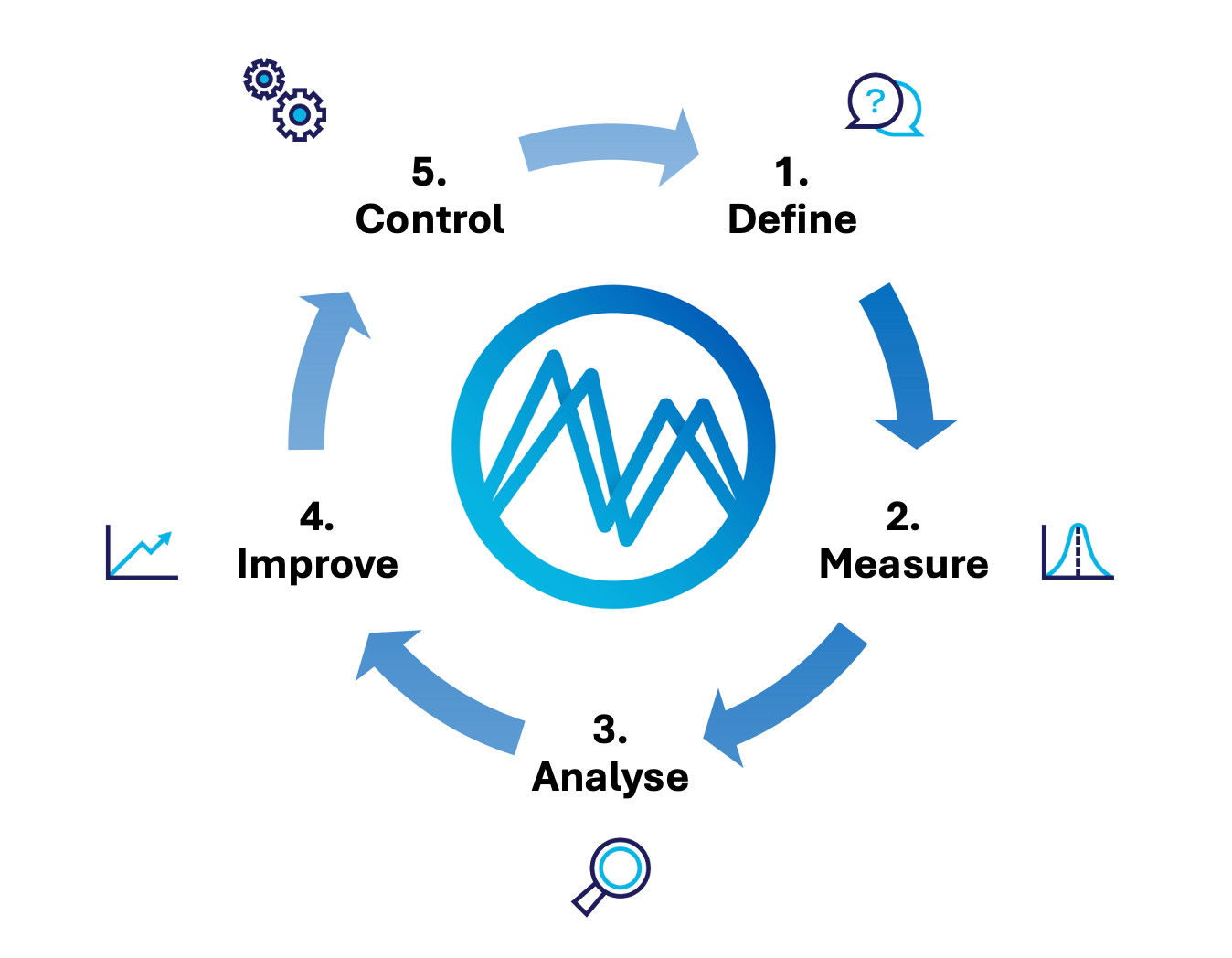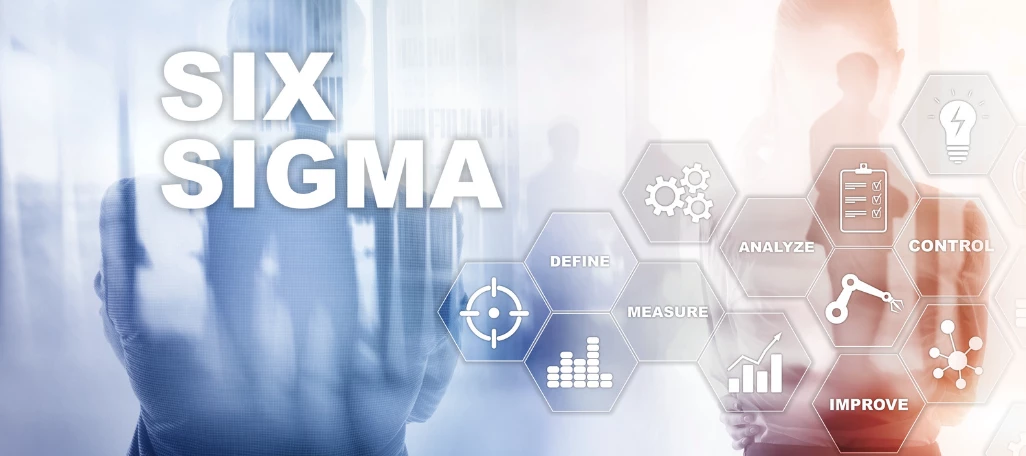Here's how TrendMiner can be utilized at each stage:

- Define:
- Use TrendMiner to define the problem or opportunity by analyzing historical process data to identify trends, patterns, and areas for improvement => Getting started with TrendMiner
- Collaborate with stakeholders to establish clear project goals and objectives.
- Measure:
- Utilize TrendMiner to collect and visualize real-time and historical process data from various sources (Time series, Context and Asset data).
- Measure key performance indicators (KPIs) and baseline process performance to establish a benchmark for improvement.
- Analyze:
- Apply advanced analytics and visualization tools within TrendMiner to analyze process data and identify root causes of inefficiencies or deviations.
- Use TrendMiner's self-service analytics capabilities to empower subject matter experts and process engineers to explore data and generate insights independently => Enable them to become data engineers with TrendMiner, even if they're not data engineers!
- Improve:
- Implement data-driven improvements based on insights gained from TrendMiner's analysis.
- Collaborate with cross-functional teams to develop and implement solutions aimed at optimizing processes and achieving desired outcomes.
- Control:
- Monitor process performance in real-time using TrendMiner's dashboards and monitors to ensure that improvements are sustained over time.
- Establish control mechanisms and protocols to track key metrics and intervene when deviations occur.
By integrating TrendMiner into the DMAIC cycle, your organization can leverage its self-service analytics capabilities to drive data-driven decision-making, accelerate problem-solving, and continuously improve your processes.



